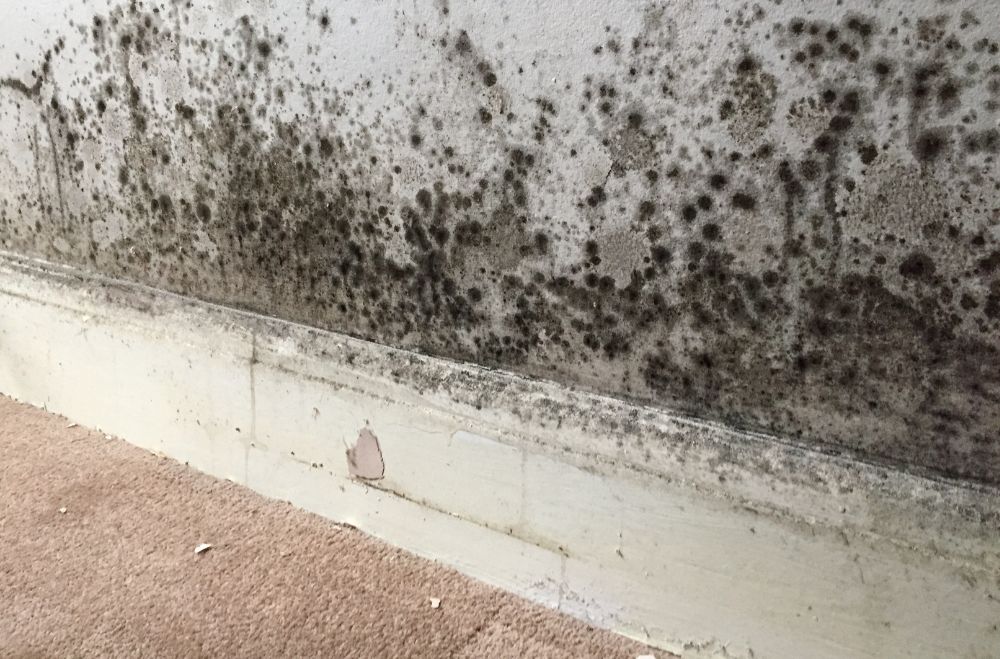A major shortage in landlord training could put social housing tenants across Scotland at risk of living in mould-infested homes, according to an industry warning.
Figures from a recent survey show that around 33% of tenants have little trust that landlords will resolve ongoing housing problems.
Stricter rules for landlords under Awaab’s Law will come into force in England at the end of October, with Scotland expected to introduce the legislation later.
George Edwards, Managing Director of Timberwise, called for urgent improvements. He said: “There’s a major skills gap. Social housing providers have been slow to prioritise damp and mould issues, and too often unqualified contractors, selected based on cost, fail to deliver on their promises. Temporary fixes, like simply cleaning mould, are common, but they don’t address the root causes. This leads to recurring problems and frustrated tenants.”
Mr Edwards warned the sector is struggling to find enough qualified experts to meet the legal requirements.
“The challenge is huge,” Mr Edwards added. “Social housing landlords need to act now to ensure they have the capacity to implement long-term, sustainable solutions. If they don’t, we risk seeing continued tenant frustration and a lack of confidence in landlords’ ability to tackle damp and mould.”
One of the key issues, according to Mr Edwards, is landlords’ failure to understand the full range of factors that contribute to condensation, which in turn causes mould. He said: “Effective solutions require a holistic approach, considering occupancy patterns, heating regimes, and ventilation systems.
“Landlords must be proactive and consider modern, energy-efficient solutions such as positive pressure ventilation units, automatic mechanical ventilation systems, and data logging technology to monitor performance.
Upgrading the housing stock and insulating properties will also be crucial, and in some cases, a full property overhaul may be necessary to meet the new standards.”
For more information, visit Timberwise.

